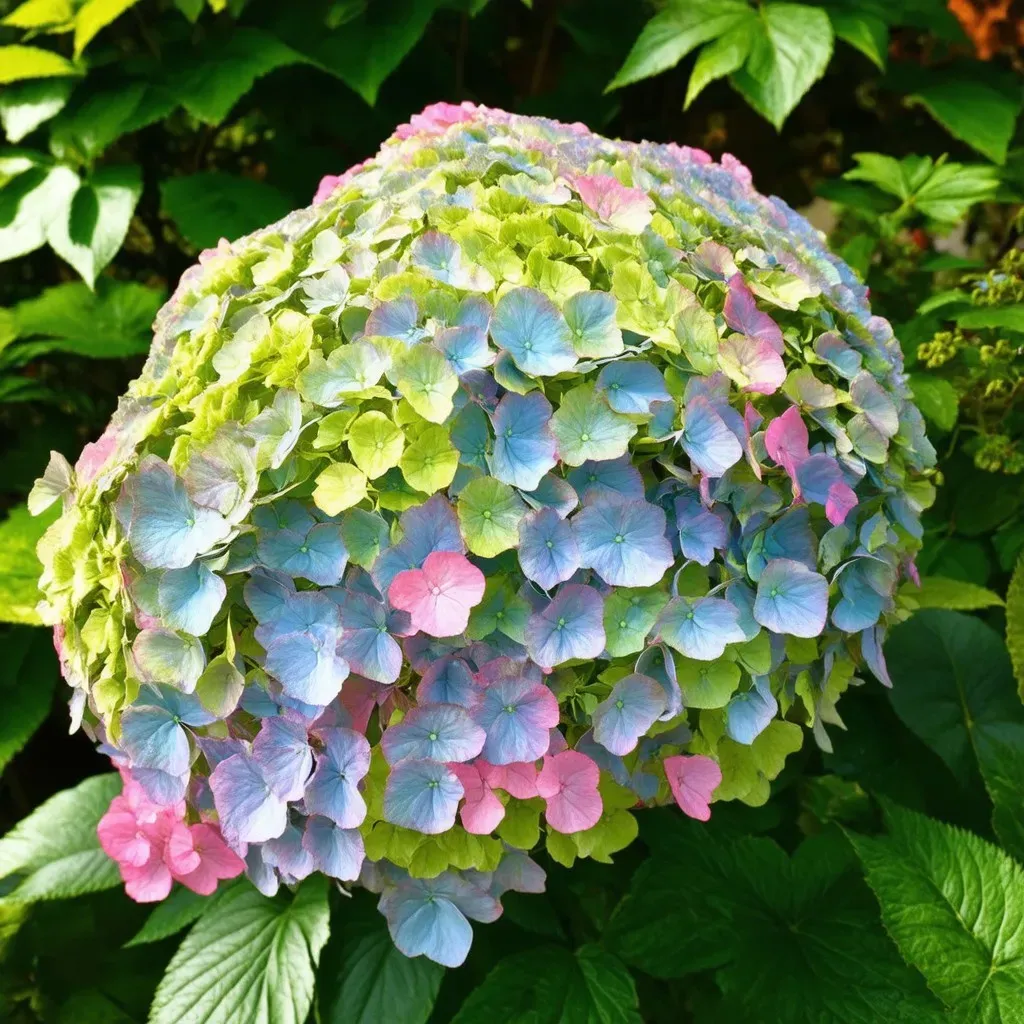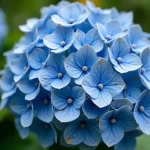Lacecap hydrangeas are a stunning variety of hydrangeas characterized by their unique flat flower heads, which can showcase vibrant blue or pink blooms depending on the soil pH. These flowers add splendid color to gardens and landscapes, making them a favorite among garden enthusiasts. Proper pruning of lacecap hydrangeas is essential to ensure your plants remain healthy and produce beautiful blossoms each season.
Understanding Lacecap Hydrangeas
Before diving into the intricate pruning techniques, it’s crucial to recognize the distinct features of lacecap hydrangeas (hydrangea macrophylla). Unlike mophead hydrangeas, which have dense globular flower clusters, lacecap hydrangeas possess a more delicate appearance with a central cluster of small, fertile flowers surrounded by a ring of showy, larger blooms. Their unique structure not only adds charm but also creates an elegant presence in any garden.
Key Characteristics of Lacecap Hydrangeas
| Feature | Description |
|---|---|
| Bloom Structure | Flat flower heads with a central cluster of small flowers and surrounding larger blooms |
| Color Variations | Blue, pink, white; color dictated by soil pH (acidic soil yields bluer blooms, while alkaline soil produces pink) |
| Blooming Season | Late spring to early summer |
| Hardiness Zone | USDA Zones 5-9 |
The critical aspect of maintaining these hydrangeas lies in knowing when and how to prune effectively to promote healthy growth and blooming.
When to Prune Lacecap Hydrangeas
Lacecap hydrangeas should ideally be pruned at two different times during the year: the summer and the late winter. This schedule allows for the removal of old growth while supporting new bloom production.
-
Summer Pruning:
- Prune after blooming, in late summer (around August). At this time, cut off dead blooms and spent flowers, making the cut just above the first set of healthy leaves. This approach helps your hydrangea remain tidy and encourages the development of new shoots for next year’s blossoms.
-
Winter Pruning:
- A second, more severe pruning can take place in late winter (February or March) before new growth begins. This involves cutting back up to one-third of the stems to maintain a manageable size and eliminate any dead or damaged wood.
How to Prune Lacecap Hydrangeas
Effective pruning techniques vary based on the specific goals for your lacecap hydrangea. Here are detailed steps for optimal pruning:
-
Tools:
- Use clean, sharp bypass pruners for the best cuts. If the stems are particularly thick, consider using loppers.
-
Inspect & Identify:
- Start by inspecting your hydrangea and identifying dead or damaged stems. This includes any old branches or those that do not produce new growth.
-
Cut Dead Blooms:
- Remove any dead flowers by cutting stems ½ to 1 inch above a healthy bud. Make the cuts at a 45-degree angle for optimal healing.
-
Shape the Plant:
- For shaping, consider removing up to one-third of the older wood from the base of the plant, focusing on older, less productive stems. Aim to keep an open center to allow sunlight in.
-
Final Touches:
- Remove any suckers or weak growth. This will direct energy into healthy branches, which can produce robust flowers in the coming season.
Pruning Techniques Table
| Pruning Task | Timing | Notes |
|---|---|---|
| Remove dead blooms | Late summer (August) | Cut above the first set of leaves. |
| Shape the plant | Late winter (February) | Remove older stems and suckers to maintain healthy growth. |
| Severe Pruning | Late winter (February) | Up to one-third of the oldest stems can be cut back. |
FAQ about Pruning Lacecap Hydrangeas
Q1: Can I prune lacecap hydrangeas in the fall?
A: It is not advisable to prune lacecap hydrangeas in the fall as new growth may be damaged by winter cold. Instead, focus on summer and late winter prunings.
Q2: Will pruning hurt my lacecap hydrangeas?
A: When done correctly, pruning will not hurt your lacecap hydrangeas. Instead, it will promote healthier plants and more vigorous blooms.
Q3: What happens if I prune too late?
A: Pruning late in the season can damage the bloom buds, potentially resulting in fewer flowers the following year.
Q4: How much do I cut back when pruning?
A: Aim to remove about one-third of the stems if you are performing severe pruning. Light pruning involves removing dead blooms and cutting back weak growth.
Caring for Lacecap Hydrangeas: Additional Tips
To ensure robust foliage and vibrant blooms, consider the following care tips:
- Watering: Lacecap hydrangeas thrive in moist soil, so be sure to keep them adequately watered, especially during dry spells.
- Fertilization: Use a balanced fertilizer in spring, following package instructions to encourage healthy growth.
- Mulching: Mulch around your hydrangeas to retain moisture and regulate soil temperature.
- Soil pH Management: To alter flower color, amend soil pH accordingly using aluminum sulfate for blue blooms or lime for pink.
Conclusion
By understanding the specific pruning requirements for lacecap hydrangeas, you can ensure that these exquisite plants remain a stunning feature in your garden for years to come. Implementing proper care and maintenance will not only support their health but will also encourage bountiful blooms, transforming any landscape into a vibrant oasis. For more detailed information, visit Hydrangea Guide.

Make sure to enjoy your lush hydrangea garden, and don’t forget to share the joy of gardening with Others!


